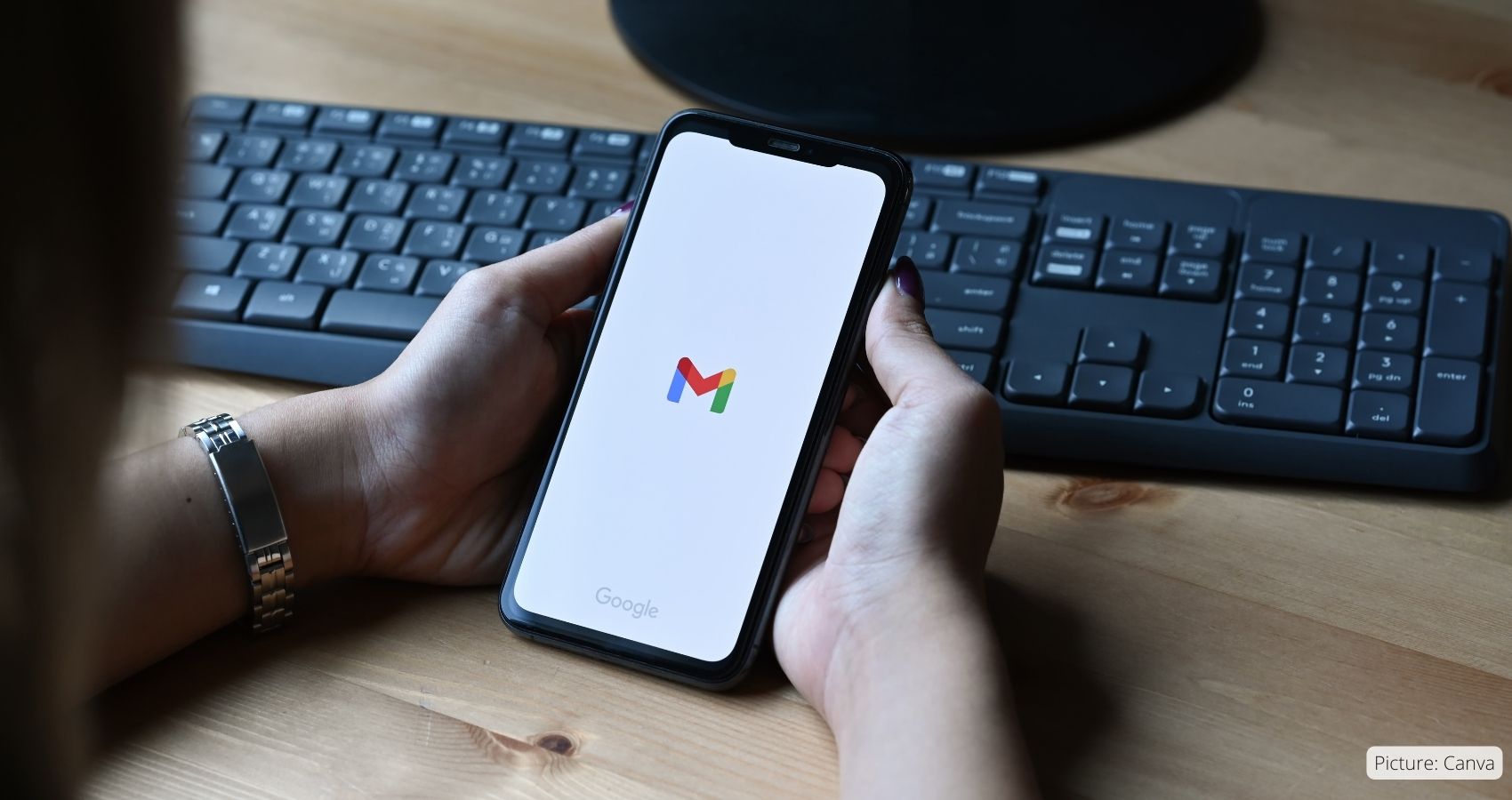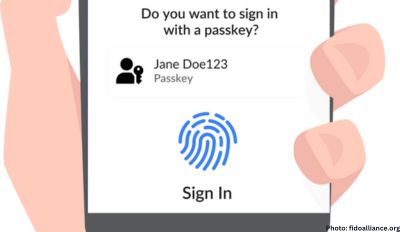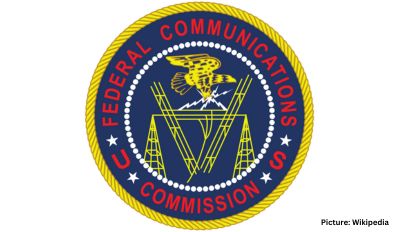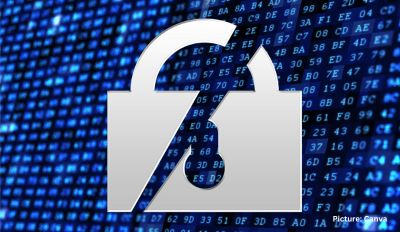Larry Page and Sergey Brin, the co-founders of Google, were renowned for their love of pranks. From the early days of their company, they made a tradition of unveiling absurd concepts every April Fools’ Day. Among these antics was a job posting for a Copernicus research center on the moon and the announcement of a “scratch and sniff” feature for their search engine.
Their jokes became so exaggeratedly extravagant that people began to expect them as part of Google’s mischievous nature. However, in a move to break away from this pattern, Page and Brin decided to reveal something utterly unexpected on April Fools’ Day – Gmail.
The introduction of Gmail in 2004 marked a significant departure from the norm. Offering a free email service with 1 gigabyte of storage per account, Gmail seemed modest compared to today’s standards of one-terabyte storage in iPhones. Yet, at the time, this amount of storage was perceived as preposterously generous, dwarfing the mere 30 to 60 emails storage capacity of other leading webmail services like Yahoo and Microsoft.
Apart from the ample storage, Gmail also integrated Google’s advanced search technology, enabling users to swiftly retrieve information from their emails, photos, and other personal data stored on the platform. Moreover, it automatically threaded together related communications, creating a seamless conversation flow.
Former Google executive Marissa Mayer, who contributed to Gmail’s development, highlighted the original pitch’s focus on the three ‘S’s: storage, search, and speed. The novelty of Gmail was such that when news of its launch broke on April Fools’ 2004, many initially thought it was another of Google’s pranks.
Former Google engineer Paul Buchheit, who played a pivotal role in creating Gmail, reflected on the project’s three-year journey under the codename “Caribou.” Despite the absurdity of the name, Buchheit found it amusing, symbolizing the lightheartedness prevalent in Google’s culture.
The credibility of Gmail’s launch was affirmed when an Associated Press reporter was summoned to Google’s headquarters and given a firsthand demonstration by Larry Page himself. Page showcased Gmail’s sleek interface and emphasized its efficiency within Microsoft’s web browser, assuring the reporter that the lack of a delete button was deliberate, given the ample storage and robust search capabilities.
Gmail’s success surpassed expectations, boasting an estimated 1.8 billion active accounts today, each offering 15 gigabytes of free storage. This evolution reflects a broader shift towards digital hoarding, where users are inclined to accumulate vast amounts of data, necessitating additional storage solutions offered by companies like Google and Apple.
Buchheit explained that Gmail aimed to challenge the prevailing mindset of storage scarcity, encouraging users to rethink the necessity of deleting content. Beyond revolutionizing email services, Gmail laid the foundation for Google’s expansion into various other digital domains.
Following Gmail’s debut, Google introduced transformative products like Google Maps, Google Docs, and acquired YouTube. These developments, coupled with the Chrome browser and the Android operating system, solidified Google’s position as a dominant force in the digital landscape. However, Gmail’s approach to scanning email content for targeted advertising hinted at broader ambitions involving digital surveillance.
Despite its initial limited capacity, Gmail’s exclusivity generated significant demand, with invitations to join the service becoming a sought-after commodity, fetching high prices on platforms like eBay. Over time, as Google’s infrastructure expanded, access to Gmail became more accessible, culminating in its full-scale release to the public in 2007.
On April Fools’ Day of that year, Google unveiled “Gmail Paper,” a satirical feature offering to print users’ email archives on peculiar materials and mail them via postal service. This light-hearted gesture underscored Google’s playful approach to innovation during that period.











